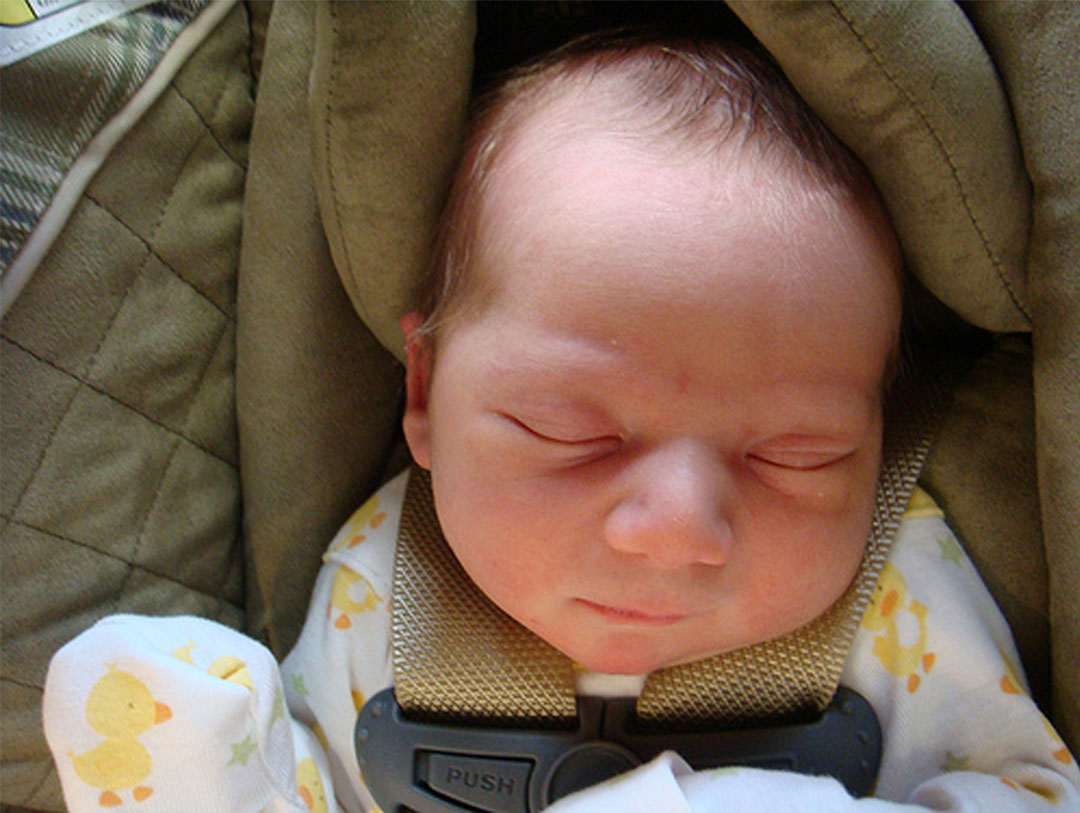I’ve been getting a lot of questions about travel and how to handle sleep coaching when you’re traveling across the time zones, which happens quite frequently. To help you through this potential travel headache, I’m going to share an excerpt from my book, Good Night, Sleep Tight:
Traveling Across Time Zones
If you are traveling across time zones, get your child up at his usual wake-up time, both when you start your vacation and when you get back home. In other words, if he wakes up at 7:00 a.m. at home in Miami, wake him up at 7:00 a.m. Pacific time in Seattle, and then when you get back home to Miami, wake him at 7:00 a.m. eastern time. Do this the day you arrive on vacation, or if you all need to recover from a long trip or a red-eye, do it the next day.
Make Sure You are On Local Time
Switch naps and sleep times to local time the first full day after your arrival. So if you got in late and everyone goes to bed later than usual and then sleeps in, naps will obviously be off that first day. But don’t let him nap late. Wake him from his last nap (or his only nap) early enough so you can get him to bed at his regular bedtime. In other words, if you arrived in Seattle at midnight, everyone will sleep late in the morning (you hope!). Then instead of napping from 1:00 to 3:00 p.m., he might not begin his nap until 4:00. Don’t let him nap too late, though, even if he’s a little cranky when you rouse him, so you can get him to bed that night at his regular bedtime, at 7:00 or 8:00 (Seattle time).
Don’t fret if you can’t follow this exactly. A few car or stroller naps aren’t a big deal on a vacation; you’ll get everyone back to normal when you get home.
Sleep Lady Tip: Use the naps to help your child reset his clock to his new location. Exposure to sunlight, especially in the morning, helps the body adjust. And there’s nothing like a hotel swimming pool to tire kids out and help them get ready to sleep.
Enjoy Your Vacation
Don’t allow your trip to be swallowed up by sleep. Remember that these are just suggestions to help you through your travels that will allow your children to get the sleep that they need to enjoy traveling with you. Don’t fret if you can’t get their sleep on track immediately, and know that you can always take a few steps back to get their sleep back to normal when you return home.
Use The Shuffle
When you do return from your vacation, make sure that you give your family’s internal clocks a bit of time to adjust. Many families that I work with take a few days and gradually adjust bedtimes and naptimes back to normal in small increments so that it’s not such a shock, especially if your vacation has been longer than a few days.
Bring Something Familiar
When you’re away from home, it helps to have something familiar with you, such as a lovey, or Sleep Sheep to help your little one have a sense of normalcy when it comes to sleep. If your child doesn’t already have a lovey that she is attached to, consider getting her a special animal or light to be a “travel buddy” to help her sleep away from home.
Have Realistic Expectations
I have heard that it takes (on average) one day to adjust for each hour in time difference. Of course, if you’re just taking a short trip, or traveling one time zone, then it may not be worth adjusting your clock for. As always, use your best judgment if you feel that you do need to adjust your child’s sleep schedule.
Of course, it’s perfectly okay to put everyone back on a normal routine immediately, but don’t be surprised if your children’s internal clocks are little upside down.
Remember, The Shuffle is there so that you can use it as a tool to guide your children to better sleep habits in a gentle and accessible way. If you have to take a few steps (or chair positions) back to get everyone sleeping again, that is fine, and exactly what the Shuffle was created for.




